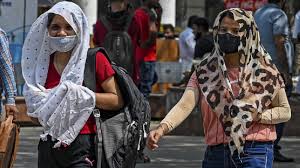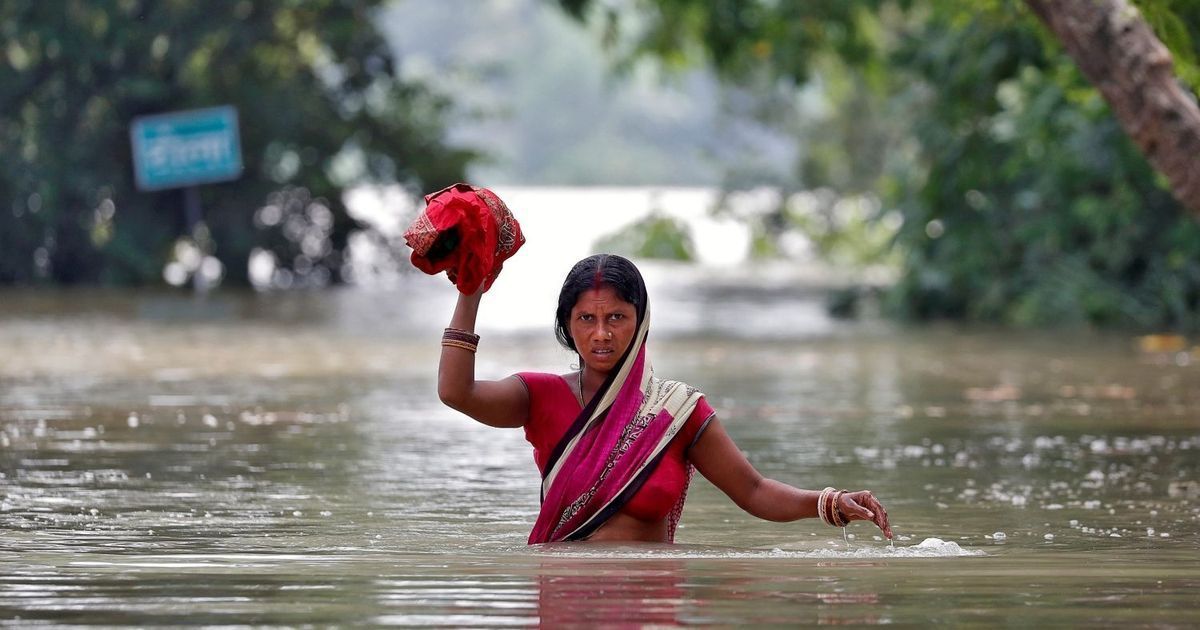Over 600 mn people in India would be exposed to dangerous heat at 2.7°C global warming: Study
Assuming a future population of 9.5 billion people, India would have the greatest population, more than 600 million, exposed at 2.7°C global warming. At 1.5°C, this figure would be far lower, at about 90 million.
By Editorial Team / Jun 1, 2023

Image Credit: Money Control
A new research paper by Nature, ‘Quantifying the human cost of global warming’ suggested that current climate policies will expose more than a fifth of humanity to dangerously hot temperatures by 2100. The study was conducted by researchers at the Global Systems Institute, University of Exeter, associated with the Earth Commission, and Nanjing University.
Population growth is projected to be highest in places at risk of dangerous heat, especially India and Nigeria. Exposure to dangerous heat increases dramatically at 1.2°C, just above current global warming, and increases by about 140 million for every 0.1°C of further warming.
Assuming a future population of 9.5 billion people, India would have the greatest population, more than 600 million, exposed at 2.7°C global warming. At 1.5°C, this figure would be far lower, at about 90 million.
Nigeria would follow with the second-largest heat-exposed population at 2.7°C global warming, more than 300 million. At 1.5°C warming, this would be less than 40 million.
India and Nigeria already show “hotspots” of dangerous temperatures. At 2.7°C, almost 100% of some countries including Burkina Faso and Mali will be dangerously hot for humans. Brazil would have the largest land area exposed to dangerous heat, despite almost no area being exposed at 1.5 °C. Australia and India would also experience massive increases in the area exposed.
According to the study, the current policies are projected to result in 2.7°C warming by the end of the century, despite the Paris Agreement pledge to limit global warming well below 2°C (compared to pre-industrial levels).
60 million people are already exposed to dangerous heat, with average temperature of 29°C or higher. The number is likely to increase manifolds with global mean temperatures also increasing further. Two billion people, 22% of the projected end-of-century population – would be exposed to this at 2.7°C of global warming.
The study strongly suggested that limiting warming to 1.5°C would leave 5% exposed, saving a sixth of humanity from dangerous heat compared to 2.7°C of warming.
Also, the lifetime emissions of 3.5 average global citizens today – or just 1.2 US citizens – expose one future person to dangerous heat. This highlights the inequity of climate crisis, as these future heat-exposed people will live in places where emissions today are around half the global average.
In “worst-case scenarios” of 3.6°C or even 4.4°C global warming, half of the world’s population could be left outside the climate niche, posing what the researchers call an “existential risk”.
“The costs of global warming are often expressed in financial terms, but our study highlights the phenomenal human cost of failing to tackle the climate emergency. For every 0.1°C of warming above present levels, about 140 million more people will be exposed to dangerous heat. This reveals both the scale of the problem and the importance of decisive action to reduce carbon emissions. Limiting global warming to 1.5°C rather than 2.7°C would mean five times fewer people in 2100 being exposed to dangerous heat,” said Professor Tim Lenton, director of the Global Systems Institute at the University of Exeter.
Although less than 1% of humanity currently lives in places of dangerous heat exposure, the study shows climate change has already put 9% of the global population (more than 600 million people) outside the niche.
Heatwave in India Global Warming Climate ChangeClimate impacts in India
